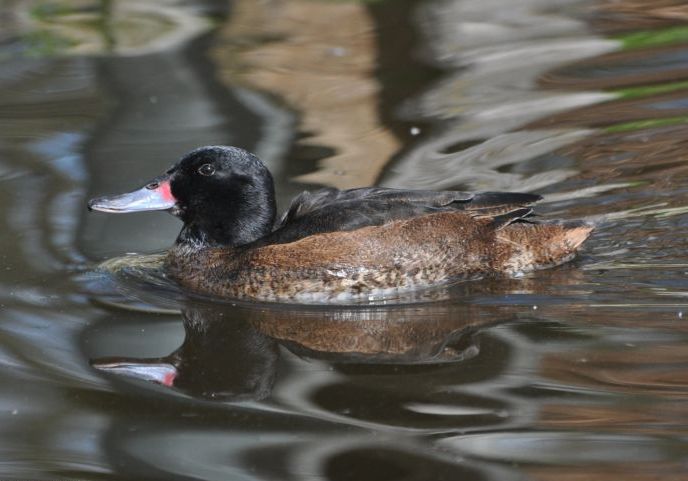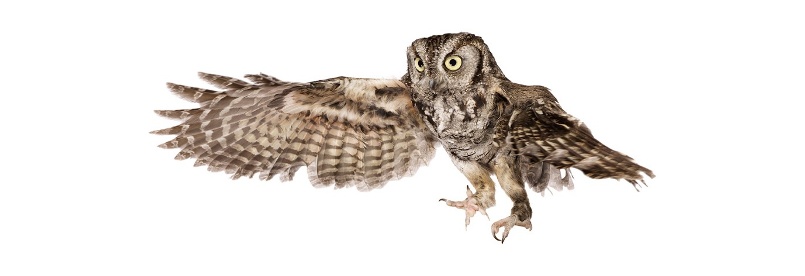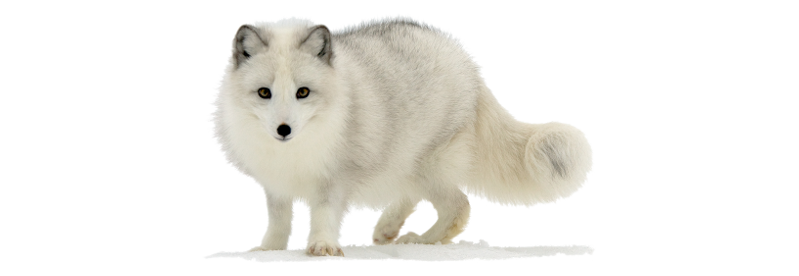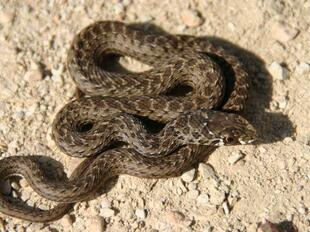
Black-headed duck(Heteronetta atricapilla)
Phylum —chordata
Class — aves
Order — anseriformes
Family — anatidae
Genus –heteronetta
Appearance
Black-headed ducks are blackish-brown on their breast and underside, with black heads, wings, and backs. The upper mandible is black with a yellow edge and the lower mandible is dark yellow. Black-headed ducks have dark grey legs with yellowish-green shading along the tarsi. Adult females are larger than males. Wings of adults are flecked with small, white spots or they are solid grey-brown. Juvenile ducks are distinguished from adults by having a lighter colored vertical line above the eye, extending from the eye to the crown.
Black-headed ducks moult twice each year. In August and September birds moult into their nuptial plumage. In December and January the nuptial plumage replaces the winter (non-nuptial) plumage.
Length – 35-40 cm, mass – 430-630 g.
Habitat
Black-headed duck is found in South America in southern Brazil, Chile, and Argentina. Black-headed duck is a partially migratory species. Northern breeding populations are sedentary, while southern breeding populations migrate north during the austral winter. These southern populations migrate into Bolivia, southern Brazil, and Uruguay.
Behavior
Black-headed ducks are migratory, flying in flocks of up to 40 birds. Black-headed ducks feed mostly in early morning, rest on land in the daytime, and swim mostly during the evening.
Diet
Black-headed ducks eat mostly plant material, such as seeds, underground tubers, green herbaceous foliage of aquatic grasses and sedges, sea grasses, and submerged pond weeds. They may also eat some aquatic invertebrates.
Reproduction
During courtship, males stretch their neck by inflating the bilateral cheek pouches and the upper esophagus in order to attract female mates. Black-headed ducks are promiscuous, with both males and females taking multiple mates during the breeding season.Black-headed ducks breed twice a year, in fall and spring.
Black-headed ducks do not build nests or incubate their eggs; instead they are brood parasites and rely on other duck species for these tasks. Black-headed duck adults and newborn chicks do not harm the eggs or chicks of the host species. The eggs are incubated for approximately 21 days by their hosts. A few hours after hatching, black-headed duck chicks are capable of walking and feeding on their own.
In captivity
The maximum lifespan of a black-headed duck is 28 years.
Black-headed ducks must be kept with ducks whose breeding season is at the same time.
Ducks feel great on the territory where there are tall grasses, shrubs and trees and a reservoir at least 1 m deep, the size of which allows them to swim. The area of the fenced yard should correspond to the number of birds contained, providing it with the opportunity to retire and hide. Small shelters on the top of the open area in the form of sheds, huts and booths are necessary as shelters from birds of prey, bad weather, as well as for overnight stays. Building aviaries, you should take into account the desire of the bird to fly. Owners usually cover them from above or make regular trimming of the wings.
In winter, ducks, being mainly tropical inhabitants, need reliable protection from the cold. Capital buildings with deep straw bedding or a thick layer of sawdust will protect the bird from hypothermia and frostbite in the winter. Depending on the severity of the climate, it is necessary to provide a variety of ways to warm up the winter room when the temperature drops from 0 оС and below.
It is quite simple to provide full nutrition to this ducks in captivity. A variety of grain mixes and pellets are suitable for feeding them. Ducks need drinkers with a sufficient amount of clean water, especially if there is not even a small pond for swimming.
Ducklings grow well when the keepers start giving them standard feeds, and enjoy eating chopped lettuce or spinach leaves. Artificially bred сhicks sometimes do not eat well during their first days, so keepers add boiled eggs or mealworms to their food. It is important to provide pairs of ducks with a brood with the opportunity to graze on fresh grass or give access to shallow reservoirs overgrown with aquatic vegetation (duckweed, reeds, etc.). Such conditions of keeping contribute to better preservation and growth of young birds. Daily bathing under the control of adult birds is safe.
 Russian
Russian
 English
English
























